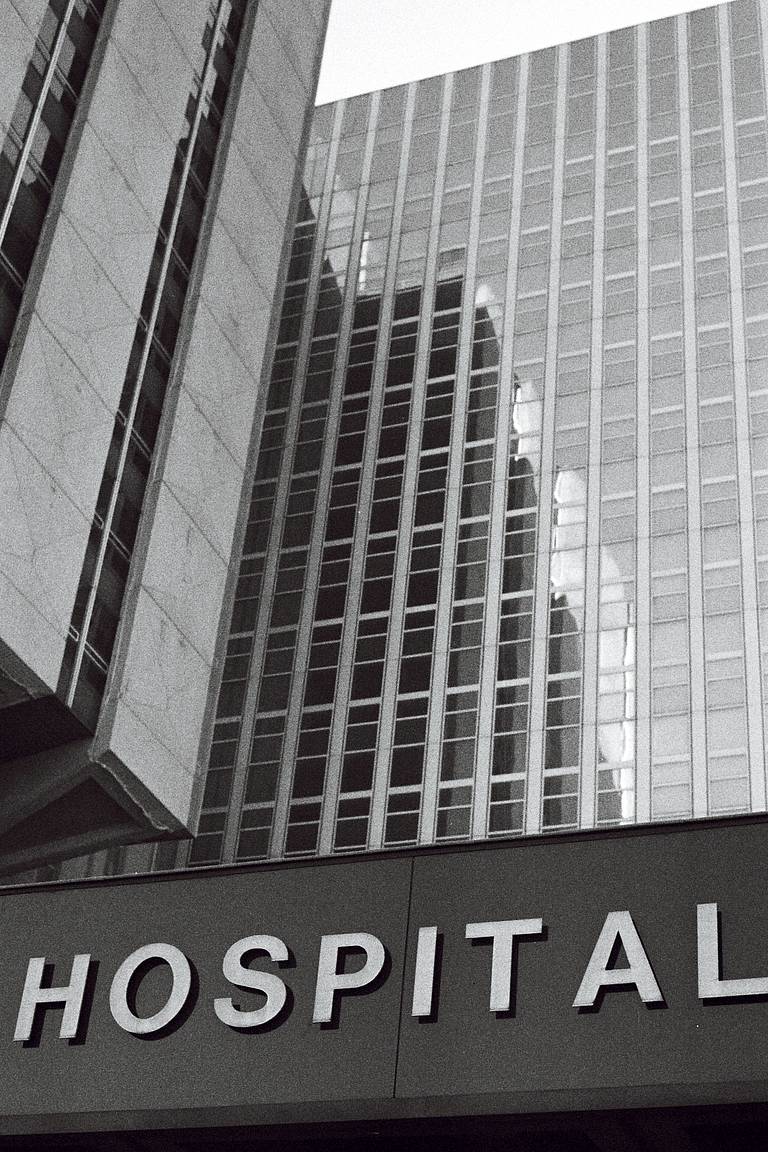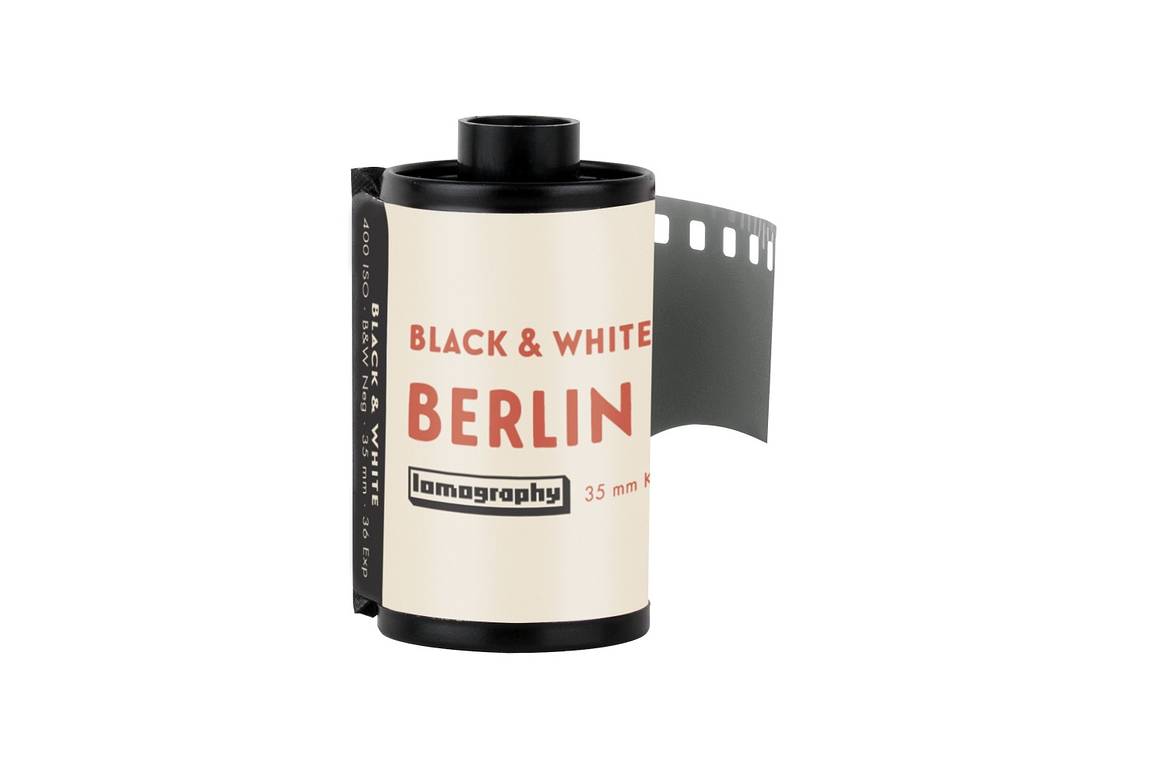"Du cœur à l'ouvrage" – Photographs by Morgan Roué at Bichat Hospital in Paris
10 27 Share TweetMorgan Roué aka @carcinome is a member of the Lomography Community and an analogue photographer. He is also an Anaesthesiologist-Intensive Care Physician who works at the Bichat-Claude Bernard hospital in Paris. These last months, he conducted a documentary project on his workplace in order to "show the daily-life without artifice" with the Lomography Berlin Kino and LomoChrome Metropolis films. The project is named Du cœur à l'ouvrage, it's a French expression meaning "put your heart and soul into". In this period of the COVID-19 pandemic, Morgan shows us the operating room and the Intensive Care Unit at his hospital located in the 18th arrondissement of the French capital. We talked with Morgan Roué in order to know more about his project and photographs. In this interview, we discussed the life at the hospital, the question of Morgan's place as a photographer, and a doctor, and he also told us about the similarities between analogue photography and medicine. He shared his motivations saying that "following the caregivers was at the heart of the project" and he also shared the reasons why he chose the analogue medium. You can discover his pictures and his answers in this article, please note that some images may offend certain sensibilities.
Hello Morgan, could you introduce yourself to our readers? Since when have you been taking pictures? And for how long have you been working at the Bichat Hospital?
Hello Lomography, my name is Morgan Roué, I'm 31 years old and I'm an intensivist at the Bichat Hospital in the North of Paris. I started analogue photography at the end of 2012. I've been working in anesthesia and cardiac surgery ICU at Bichat for almost one year now. But I had already done my medical internship for two semesters in this hospital.
You told us that you wanted to document your daily-life at the hospital for a while now and today, we show the two photo series that you started last March. It seems that the realization of your project was accelerated by the pandemic, did you feel a stronger need to document your profession?
The idea grew in my mind three years ago, when I was still doing my medical internship in anesthesia at the Bichat Hospital. Back in the days, I was starting to take photography more seriously. I then decided to take a bit of time in order to improve in photography and to become a senior physician, in this way the project would have more legitimacy. Finally, with the COVID outbreak, the two series took shape very quickly. Looking back at that time, I probably had a stronger desire to share my everyday life with a broader audience but it was probably more simple to convince the teams and the partners in this context.
What did your co-workers thought of the project? And what are their thoughts today?
I was pleasantly surprised by their enthusiasm, I was not expecting the fact that the project will be approved so quickly by the teams. Just a few caregivers refused to be part of the project. In the end, I'm under the impression that they are satisfied with the results.
Why did you choose analogue photography for your project? Is it a way to contrast with medical photography and with the more clinical aspect of digital?
I wanted something raw, without artifice, something very human in the end... just like my conception of healthcare. That's why analogue was the best choice.

You used two Lomography films, the Berlin Kino and the LomoChrome Metropolis, could you let us know the reasons why?
I already had the opportunity to use these two films when I was traveling. They both have a particular grain that gives a timeless aspect. It was this aesthetic that I wanted to catch. Among other things, I was thinking of the work of James Stanfield when he documented the first heart transplant in Poland. Quite quickly, I divided my photographs in two series: colour for the operating room with the Metropolis and B&W for the ICU with the Berlin Kino. The Metropolis was perfect to catch the cold blue-green tones and the operating room light while having an interesting contrast and paradoxically giving very intense red tones. For the ICU, I wanted to focus on the caretakers, the intense grain was very interesting to take timeless portraits and scenes of life.
You are a doctor and a photographer too, how do you conceive the relationships (medical photography for example) and the oppositions between medicine and photography (science/art)?
It's amusing that you make this comparison, because we used to say that the practice of medicine was an art. This is less true today but medicine stays an inexact science. Medicine and analogue photography have a lot in common, in particular the ICU that is quite a manual speciality, it's quite artisanal. Regardless the very solid theoretical foundations and deep knowledge of the material and the techniques, the result is sometimes unpredictable in the two domains.
You told us that you wanted to "show the daily-life without artifice", without pathos. Do you think that the fact that you are a physician had an influence on your point of view when you were documenting your work hours at the Bichat hospital?
There's necessarily an impact on the final result. Taking pictures in a familiar universe, knowing the healthcare team, the architecture of the place and the ambient light was of a precious help for my photo project. The photographs were probably more natural with the caregivers. Knowing the different operating times or certain situations in reanimation also helped me to anticipate and to orient my shooting.
You usually take photographs during your travels as we can see on your LomoHome. What were the main challenges you faced for your photos in the hospital environment? Is it more complicated to take pictures on your workplace, a place of the everyday, instead of far-off destinations?
The difference had several levels. I'm used to take pictures in great spaces, at the hospital I had to do different image composition in tighter spaces. So finally, the photos are more vertical. Regarding the question of the lightning, the ICU is a place with quite a lot of contrasts and a lot of light coming from the large windows but few light inside so it creates a lot of backlights. It was a bit the same in the operating room with the intense light under the surgical lamps but not much light elsewhere. But in the end, what requested me more work was probably the portraits. Even if I take some portraits during my travels, following the caregivers was at the heart of the project, I had to get used to shoot decisive moments. Immortalizing their expressions was finally easier in the operating room where the teams were static instead of in ICU where everything is more dynamic and improvised.
You might find this is a silly question but are cameras authorized or just tolerated in hospitals, in particular in operating rooms?
This depends of the material, to be honest I don't think there's a precise charter with the authorized cameras. In a way, it's linked to common sense: the cameras have to be clean to get into the operating room, you should avoid as much as possible to disturb the procedure (by using cameras that are small, not noisy and no flash), and above all, you should keep your distance from the surgical field in order for it to stay sterile.
Do you consider that your two series are now finished? Do you wish to continue you series or would you like to start a new one with an other approach?
I'm currently concluding the project, I have ten pictures left to take on my last roll of Berlin Kino. For a while, I was thinking of taking photographs at night with Cinestill 800 films, but I think it will be for another series, not one about the operating room and the cardiac surgery. The hospital is a highly photogenic place, relatively not exploited nowadays. Some sectors like the maternity, the radiology or the emergencies could be places for great photographs.
Any other thoughts?
A big thanks to the Intensive Care Unit and operating room team in cardiac surgery at the Bichat hospital for their enthusiasm and their devotion, in particular to Professor Montravers and Professor Nataf as well as Doctor Dilly. I would also like to thank Lomoraphy France and Nation Photo Lab for being partners of this project, and particularly Florine and Ophélie for their help!
To see more photos by Morgan, you can visit his website and his LomoHome. You can also follow the photographer on his Instagram.
We would like to thank Morgan, his colleagues and the Bichat-Claude Bernard Hospital in Paris.
written by florinegarcin on 2020-10-07 #people #places #berlin-kino #lomochrome-metropolis #carcinome #morgan-roue


























































10 Comments